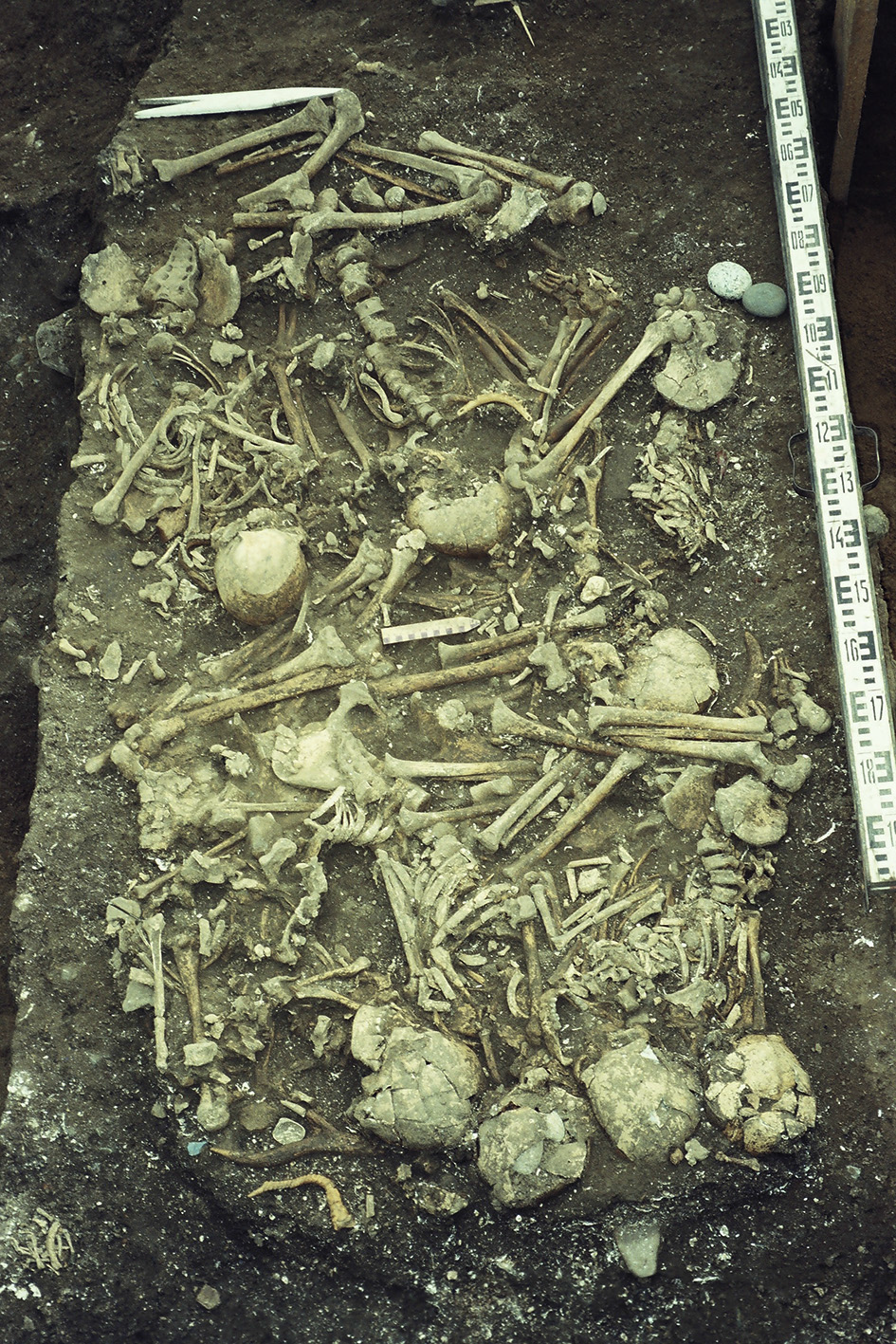Dr. Hugh McKenzie paper published in Quaternary International
September 8, 2015
Congratulations to Dr. Hugh McKenzie, BHAP team member, who will have his paper published in Quaternary International!
Co-author is Dr. Alexander N. Popov from the Far Eastern National University, Vladivostok, Russia.
Title: "A metric assessment of evidence for artificial cranial modification at the Boisman 2 Neolithic cemetery (ca. 5800-5400 14C BP), Primorye, Russian Far East"
In Quaternary International (2015), http://dx.doi.org/10.1016/j.quaint.2015.06.007.
Abstract: The Middle Neolithic (ca. 5800e5400 14C BP) shell-midden cemetery Boisman 2, located on the Russian coast of the Sea of Japan, is one of only three Neolithic sites in all of Primorye at which human remains have been recovered, and therefore it is the key site representing a major cultural reorganization in which terrestrial foragers adopted a more seasonally-sedentary, marine-based subsistence economy. Previous research at the site has described a variety of forms of artificial cranial modification. As a permanent bodily modification that is applied to infants, cranial modification is one important method of
symbolizing ascribed social identities and so can be useful for archaeological investigations into interand intra-group social relations. The aim of the present study is to re-evaluate the evidence for cranial modification at Boisman 2 using two sets of discriminant function analyses designed to provide a more objective means of identifying modified and unmodified crania. Our results confirm the use of artificial cranial modification at the site, making Boisman 2 one of the earliest - if not the earliest - documented example of the practice in Holocene East Asia; however, our metric analysis identified only six crania as modified, instead of the 11 previously identified through visual assessment. Further research is required to determine whether this discrepancy is a product of the conservative nature of the discriminant functions, the potential that the discriminant function produces inaccurate results for crania from this population, or whether normal or incidental variation in this population resembles artificial cranial shaping. Finally, as a means of introducing some potential hypotheses for future research, we discuss preliminary associations between the presence of cranial modification, age, sex, and burial cluster.

Fig. 5. Grave 3 (7 individuals) from Burial Cluster 2 at Boisman 2 (modified from Popov, 2008; original photo by Popov).
Download paper here
The article is in press and can be accessed via this link: http://tinyurl.com/ppcq9rd
Congratulations to the authors!